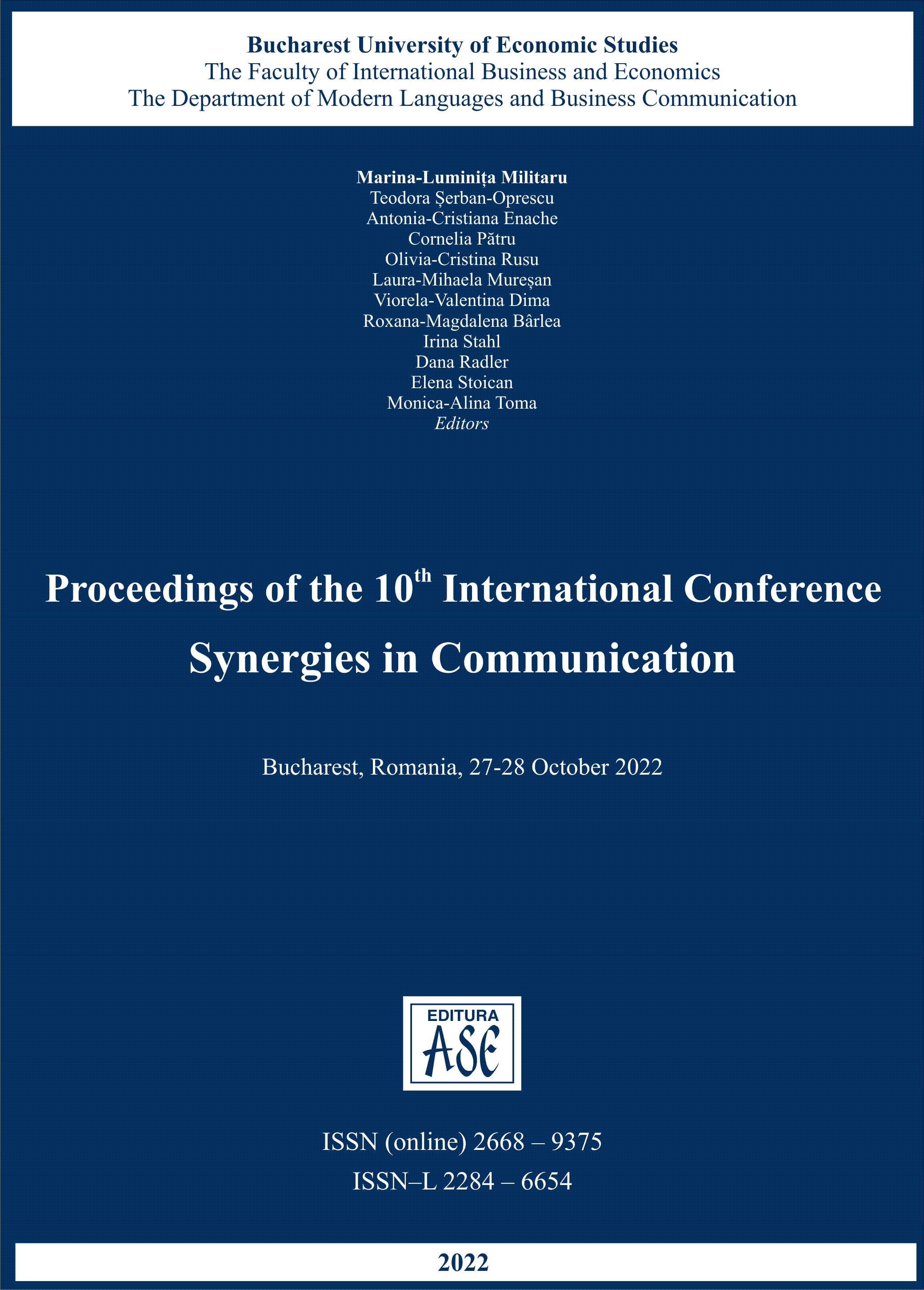TRICKSTER’S SOCIAL FUNCTIONS AND THE LANGUAGE PARADOXES: THE ROMANIAN PĂCALĂ AMONG THE TRICKSTERS IN MYTHOLOGY AND FOLKLORE
TRICKSTER’S SOCIAL FUNCTIONS AND THE LANGUAGE PARADOXES: THE ROMANIAN PĂCALĂ AMONG THE TRICKSTERS IN MYTHOLOGY AND FOLKLORE
Author(s): Ana R. ChelariuSubject(s): Customs / Folklore, Theoretical Linguistics, Applied Linguistics, Romanian Literature, Cultural Anthropology / Ethnology
Published by: EDITURA ASE
Keywords: mythic language; symbols; metaphors; mythic metaphors; image metaphor; revelation metaphor; radical metaphor; visual metaphor; collapsed metaphors; Trickster; European folklore; Romanian Păcală;
Summary/Abstract: Language, the essential instrument of communicating social traditions, is an intrinsic part of any discussion on cultural heritage, such as myths and folktales. Myth manifests itself through language, and through its many figurative forms of expression, metonymy, synecdoche, or irony, the most important ones being symbols and metaphors. Often symbol is regarded as the primary vehicle of mythical images, yet metaphor goes beyond being simply a figure of speech, it manifests itself in speech as part of the process of conceptualizing a mental realm by another. To understand the complexities of archaic socio-cultural expressions with a contemporary set of concepts and imagery should be evaluated in the proper framework. The archaic metaphors in time lose their initial mythic connotations and, borrowing a concept from physics, collapse into a new ‘reality’, as for example the story of Păcală selling his cow to the tree. The Trickster, with special functions in the Indo-European social-cultural context is present from classic mythology to the current European folklore: as mythic characters, Hermes or Mercury in the Greek and Roman mythologies, Loki in the Norse sagas, Bricriu in the Irish songs, Pekulis/Patullos in the Baltic heritage, or Varuna in Hinduism, and as the popular trickster in each European cultural complex: Tyl Ulenspiegel in German culture, Peik in Scandinavia, Pooca/Puca in Ireland, Velnius in the Baltic region, the old Russian Veles, or Volos, and Păcală in the Romanian tradition. The names of these European folk tricksters, Pekulis, Patulos, Pooka, Pooc, Peik, Puc, Păcală, could have their origin in the Indo-European root *pek- (Pokorny, 1959, IEW 797) ‘livestock, domestic animal, cattle’, testifying the incredible vitality of this character. In this paper I will attempt to unveil the main characteristics and social functions that contributed to the everlasting presence of the Trickster in folklore.
Journal: Synergies in Communication
- Issue Year: 1/2022
- Issue No: 1
- Page Range: 391-399
- Page Count: 9
- Language: English

